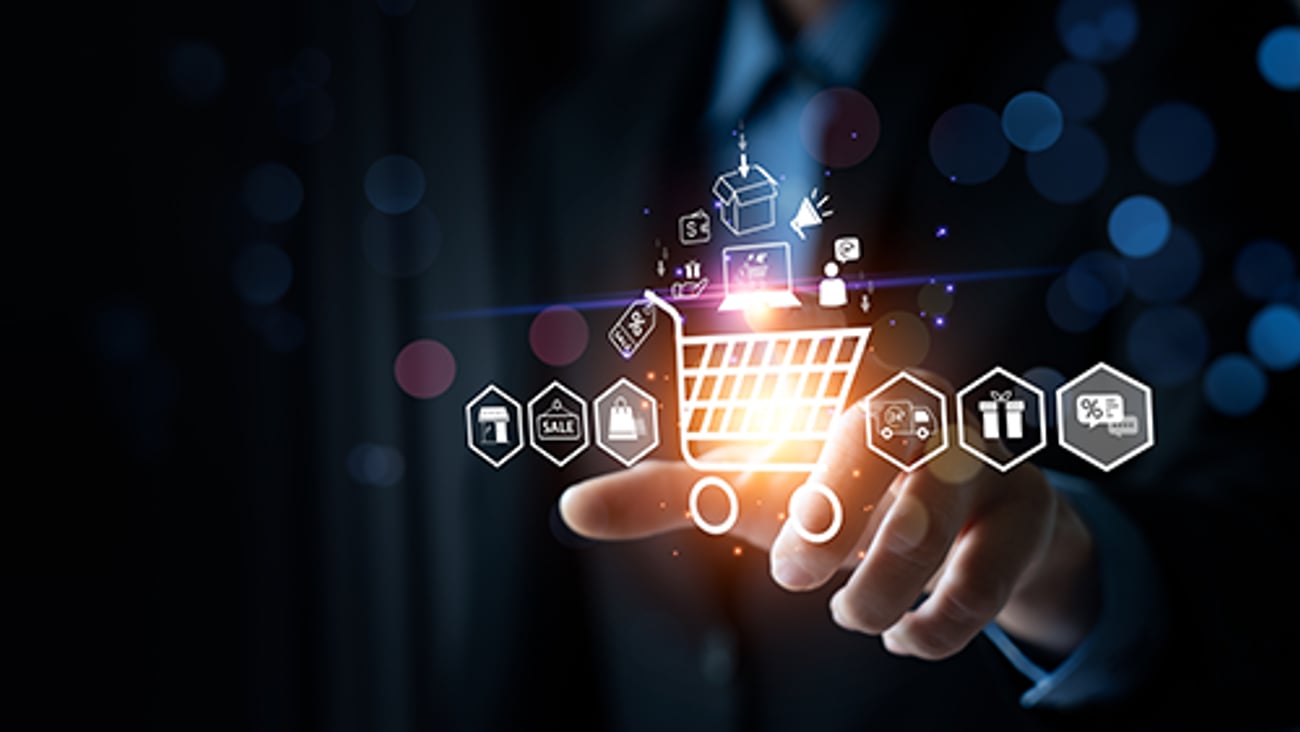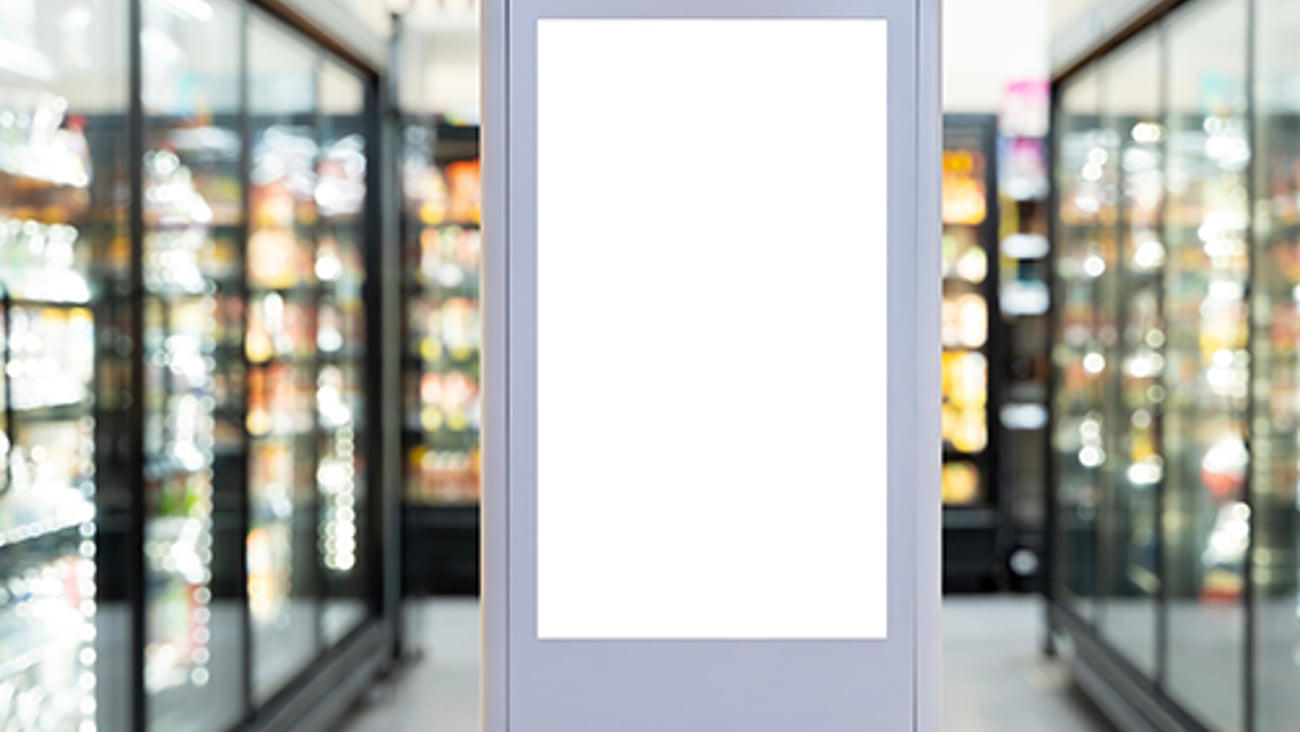Responding to the e-commerce wake-up call
Sometimes it takes a crisis to realize you made smart investments ahead of time.
The recent saga of Kroger is instructive for all food and drug retailers. The retail giant’s top executive recently reflected on how the company’s pre-pandemic investments in online shopping and related digital initiatives paid off during the COVID-19 crisis. Kroger’s digital sales almost doubled in its first quarter.
“We are more convinced than ever that we made the right decision to transform our business model when we did,” said Rodney McMullen, Kroger’s CEO, during the company’s recent annual meeting.
He was referring to years of investments in e-commerce operations, including thousands of pickup and delivery locations. Moreover, the giant retailer is moving ahead with the building of automated customer fulfillment centers for e-commerce with its partner, U.K.-based Ocado.
“We continue to invest in and constantly improve our e-commerce capabilities,” he said.
Kroger’s experience underscores that building e-commerce capabilities is a long-term journey. It doesn’t work as well if you try to do the heavy lifting in the midst of a crisis.
The latest data indicates shoppers are sticking with this mode of buying and relying on it even more. Online grocery sales, for example, reached $7.2 billion in June, a 9% increase from May, according to a Brick Meets Click/Mercatus Grocery Survey from late June.
It’s time for retailers across food and drug to accelerate their e-commerce capabilities with new investments and initiatives. In fact, by increasing capacity, retailers are driving even more consumer usage, according to David Bishop, partner and research lead at Brick Meets Click.
How should retailers move forward with investments? Here are a few noteworthy examples of recent retail strategies:
- Walgreens has added digital order-ahead drive-thru pickup, while offering new delivery options. It also has made investments in micro fulfillment centers and hybrid stores for its Boots.com operation;
- Stop & Shop said it would be adding new warerooms and pickup locations, and expanding its relationship with Instacart, in an effort to grow its e-commerce operations;
- Albertsons, in a partnership with Takeoff Technologies, is opening micro-fulfillment centers that advance capabilities for click-and-collect and delivery services; and
- C&S Wholesale Grocers, the nation’s largest wholesale grocery supply company, is partnering with Instacart to enable e-commerce and same-day delivery for some 3,000 independent grocers.
The surge in e-commerce activity has led to bold statements about the future of online shopping. “The world as we know it has changed,” said Tim Steiner, CEO and founder of Ocado, in The Daily Mail Online on July 14. “We are confident that accelerated growth in the online channel will continue.”
Steiner may be right, but nothing is certain until it happens. There are some caveats for retailers. These include the need for realistic expectations about how quickly their initiatives will be truly profitable, and the importance of extensive testing to make sure systems work as they should.
Another imperative is to evaluate and improve e-commerce customer experience because it hasn’t necessarily been that good during the crisis period. The Brick Meets Click/Mercatus research found the likelihood for a shopper to use a specific online grocery service again within the next 30 days is 57%, considerably below pre-pandemic levels.
“As grocers adopt or adapt e-commerce offerings to meet shopper demand, it’s imperative that they consider the entire customer journey in order to capture repeat shoppers,” said Sylvain Perrier, president and CEO of Mercatus.
Retailers have little choice but to grow online shopping capabilities. They need to react to increased customer demand. And even better than reacting will be to get ahead of future buying behaviors.






